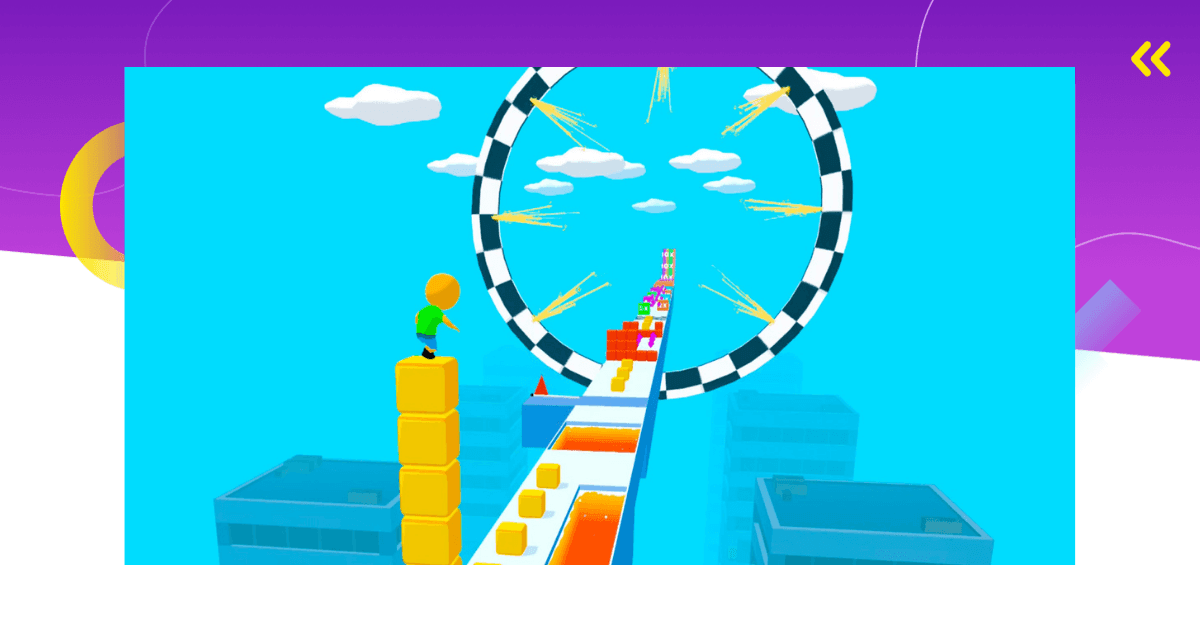In hyper-casual games, every second counts — especially the very first one a player sees. The first screen is your game’s frontline, and it determines whether a player stays, taps, and plays, or swipes away forever.
At Vasylynka Studio, we’ve learned that optimizing this initial moment can make or break your game’s success.
Why the First Screen?
The mobile market is flooded with hyper-casual titles, and players have extremely short attention spans. When your game launches, the first screen is the moment to:
- Hook the player instantly
- Communicate core gameplay clearly
- Minimize confusion or friction
- Encourage immediate interaction
If any of these fail, the player will close the app — often before you get a chance to show the rest.
Key Elements of an Effective First Screen
- Clear Visuals
No clutter, no overwhelming UI. Use bold, simple graphics that instantly tell the player what the game is about. Avoid long text or complex menus. - Instant Interaction
Make sure the player can start playing in one tap or swipe. The first screen should never be a barrier but a gateway. - Minimal Loading Time
The first screen must appear quickly. Loading delays cause impatience and abandonment. - Feedback and Motivation
Use animations or sounds to reward the tap or swipe. Positive reinforcement encourages continued play. - Consistent Branding
Subtle logos or colors that tie into your studio’s identity help build recognition without distracting.
What We Do at Vasylynka Studio
For our hyper-casual projects, we prototype dozens of first screen variations. We test:
- Different button placements
- Various color schemes
- Animation timing
- Onboarding hints vs. pure gameplay start
The goal is always the same: get the player into the core gameplay ASAP, without confusion or friction.
Final Thought
In hyper-casual gaming, your first screen is your handshake, your first smile, and your invitation all at once. Invest in it wisely — it’s the key to turning installs into engaged players.



No responses yet